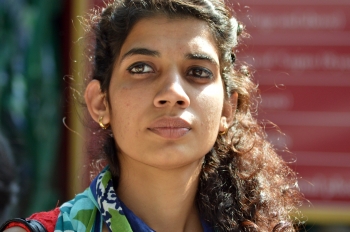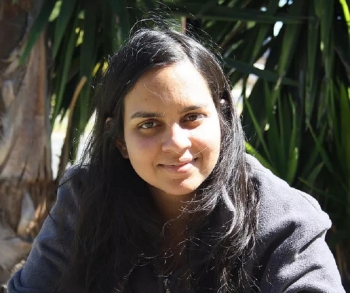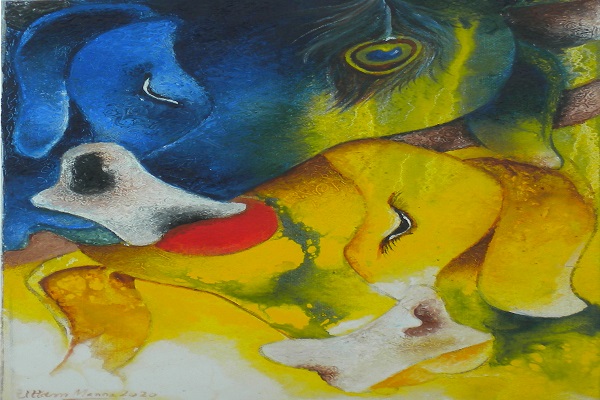
Figurative portrayals of the human form have been an important and persistent component of artistic expression throughout history. Artists have been attracted by the intricacies and beauty of the human body since early cave drawings through Renaissance masterpieces. Figurative art retains enormous force and importance, providing a profound medium for artists to investigate the human experience, inspire emotions, and comment on contemporary societal challenges.
This blog digs into the captivating realm of figurative art in the contemporary age, examining its evolution, relevance, and long-term effect.
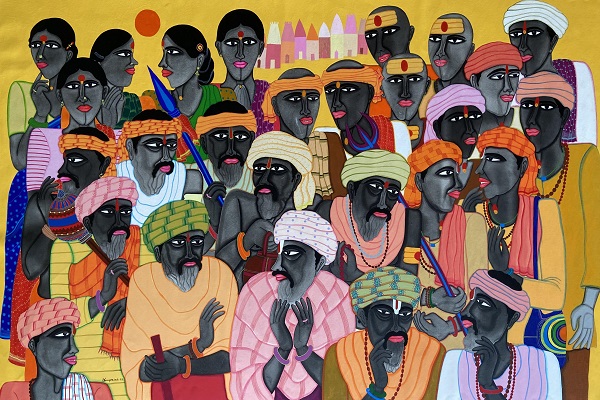
I. The Evolution of Figurative Art in Modernity
Figurative art has a long history, inspired by various creative movements and transformations in cultural and societal standards. Impressionism, Cubism, Surrealism, and Expressionism were prominent nineteenth and twentieth-century art movements. These movements introduced novel approaches to seeing and expressing the human figure.
a. Impressionism: Embracing Light and Movement
Impressionist artists like Claude Monet and Edgar Degas broke away from traditional academic styles and instead focused on capturing fleeting moments of light and movement. Human figures became part of these dynamic scenes, often depicted in candid, everyday situations. The shift from formal poses to spontaneous gestures represented a pivotal change in the portrayal of human subjects.
b. Cubism: Deconstructing the Figure
Pioneered by Pablo Picasso and Georges Braque, Cubism fragmented and reassembled the human form in geometric shapes, challenging the conventional notions of representation. This revolutionary approach to figurative art introduced new dimensions of interpretation and abstraction.
c. Surrealism: Exploring the Unconscious Mind
Surrealist painters like Salvador Dali and Rene Magritte created mysterious and thought-provoking figurative works by delving into the realm of dreams and the subconscious. The human form was frequently transformed into a bizarre and symbolic vessel, revealing deeper psychological themes and storylines.
d. Expressionism: Conveying Inner Emotions
Expressionist artists like Egon Schiele and Edvard Munch portrayed the human figure with heightened emotions, revealing their subjects' inner turmoil and psychological states. These works communicated a raw and unfiltered portrayal of human experience.
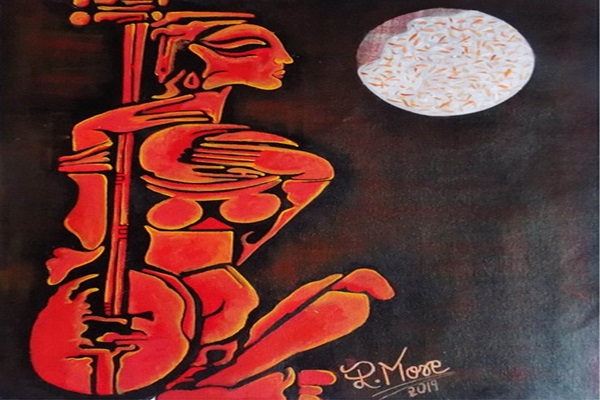
Interesting Blog: 5 Basic Tips Figurative Paintings
II. The Significance of Figurative Art in the Modern World
a. Connection to the Human Experience
In the age of technological advancement and digital media, figurative art retains its unique ability to connect with the human experience on a deeply personal level. Whether a realistic portrait captures someone's essence or an abstract representation of emotions, figurative art resonates with viewers, tapping into their shared humanity.
b. Social and Political Commentary
Figurative art in modern times continues to be a powerful platform for artists to comment on social and political issues. From issues of identity, gender, and race to environmental concerns and human rights, figurative artworks can serve as a visual voice, sparking conversations and raising awareness.
c. A Return to Traditional Skill and Craftsmanship
In response to the digital age, many contemporary artists have embraced figurative art as a return to traditional craftsmanship and technical skill. Figurative art demands a deep understanding of anatomy, perspective, and composition, and the mastery of these skills can be seen in the exquisite works produced by modern figurative artists.
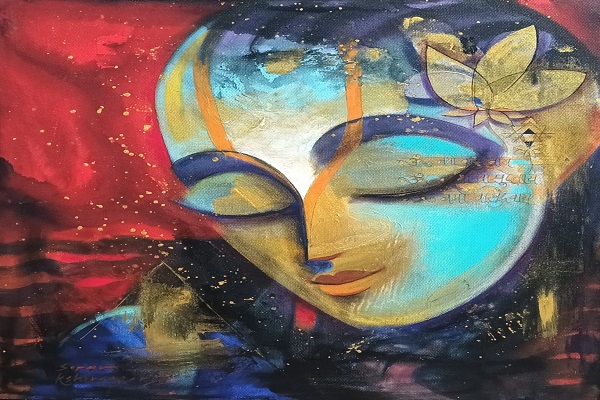
III. Contemporary Figurative Artists and Their Impact
a. Jenny Saville: Redefining the Female Body
Jenny Saville's large-scale figurative paintings challenge conventional beauty standards and the representation of the female body in art. Her works celebrate the diversity and complexity of women, inviting viewers to reconsider societal norms and perceptions.
b. Kehinde Wiley: Empowering Marginalized Communities
Kehinde Wiley's iconic portraits depict contemporary Black individuals in the style of traditional European portraiture. By placing marginalized subjects in positions of power and prestige, Wiley reclaims and subverts historical narratives, empowering his subjects and challenging stereotypes.
c. Liu Bolin: The Invisible Man
Liu Bolin's figurative art blurs the boundaries between the human body and the surrounding environment. His "Invisible Man" series features camouflaged figures, reflecting the loss of individuality in modern society and raising questions about visibility and identity.
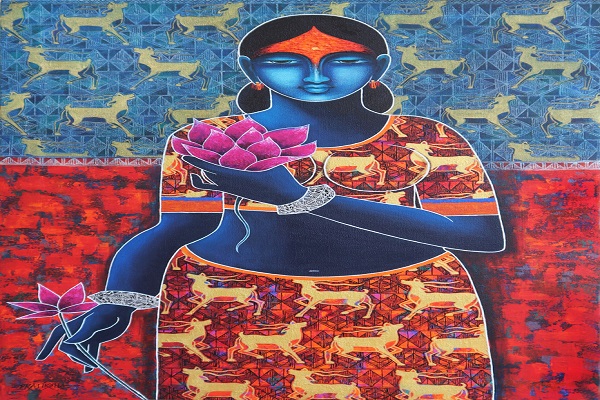
Read More: 5 Indian Figurative Painting Makers that will make you Love your Body
IV. The Future of Figurative Art
The future of figurative painting is full of exciting possibilities and problems, driven by technological breakthroughs, shifting societal dynamics, and the continual growth of artistic expression. As we go deeper into the twenty-first century, several significant trends and changes are anticipated to impact the course of figurative art in the next years.
1. Diverse Perspectives:
In the future, figurative art will encompass a wider range of diverse perspectives and narratives. Artists from all ethnic origins will continue to bring distinct perspectives to the forefront as global connection grows. Figurative art will be used to explore questions of identity, gender, race, and cultural heritage and develop cross-cultural understanding and appreciation.
2. Blurring Boundaries:
The distinction between figurative art and other art types will likely dissolve in the future. Artists may mix aspects of abstraction, symbolism, and conceptual art with symbolic representations, resulting in hybrid forms that defy categorization. This fluidity will enrich the visual language of figurative art and add layers of depth to its storytelling potential.
3. Addressing Contemporary Issues:
Figurative art will remain a platform for social and political criticism, addressing today's most important issues. Artists will employ figures to highlight problems such as climate change, social justice, mental health, and technological ethics, to name a few. The potential of Indian art painting to provoke emotions and deliver powerful ideas will be used to promote awareness and create significant debates.
4. Embracing Sustainability:
As environmental consciousness grows, artists may incorporate sustainable practices into their figurative artworks. This could involve using eco-friendly materials, upcycling, or addressing sustainability and environmental stewardship themes.
5. Fusion of Traditional and Contemporary Techniques:
The future of figurative art will blend old and contemporary approaches. While digital technologies and new media give intriguing opportunities for creation, artists may respect traditional talents such as sketching, Indian art paintings, and sculpture. Combining these ancient approaches with cutting-edge technology will provide creative and compelling figurative artworks.
6. Impact of AI and Machine Learning:
Artificial intelligence (AI) and machine learning will also influence figurative painting. Artists can experiment with AI-generated art, in which algorithms and neural networks help to create figurative works. This meeting of human creativity and technology will open up new artistic possibilities while raising fascinating concerns about the nature of art and authorship.
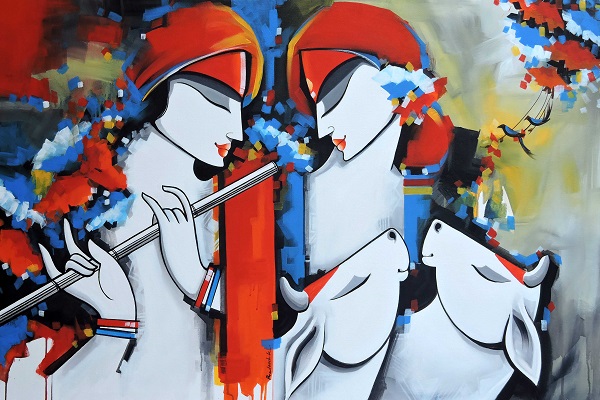
Also check: Figurative Paintings as Social Commentary: Art as a Vehicle for Activism
Conclusion
Figurative art in modern times exemplifies the continuing power of human expression. From its revolutionary origins in the nineteenth century to its lively and diverse representations today, figurative painting has remained a powerful influence in the modern art world.
Figurative Indian art paintings will remain a timeless and significant medium as artists continue to investigate the human experience and societal challenges, unifying audiences across generations and cultures and broadening our understanding of ourselves and the world we live in.














